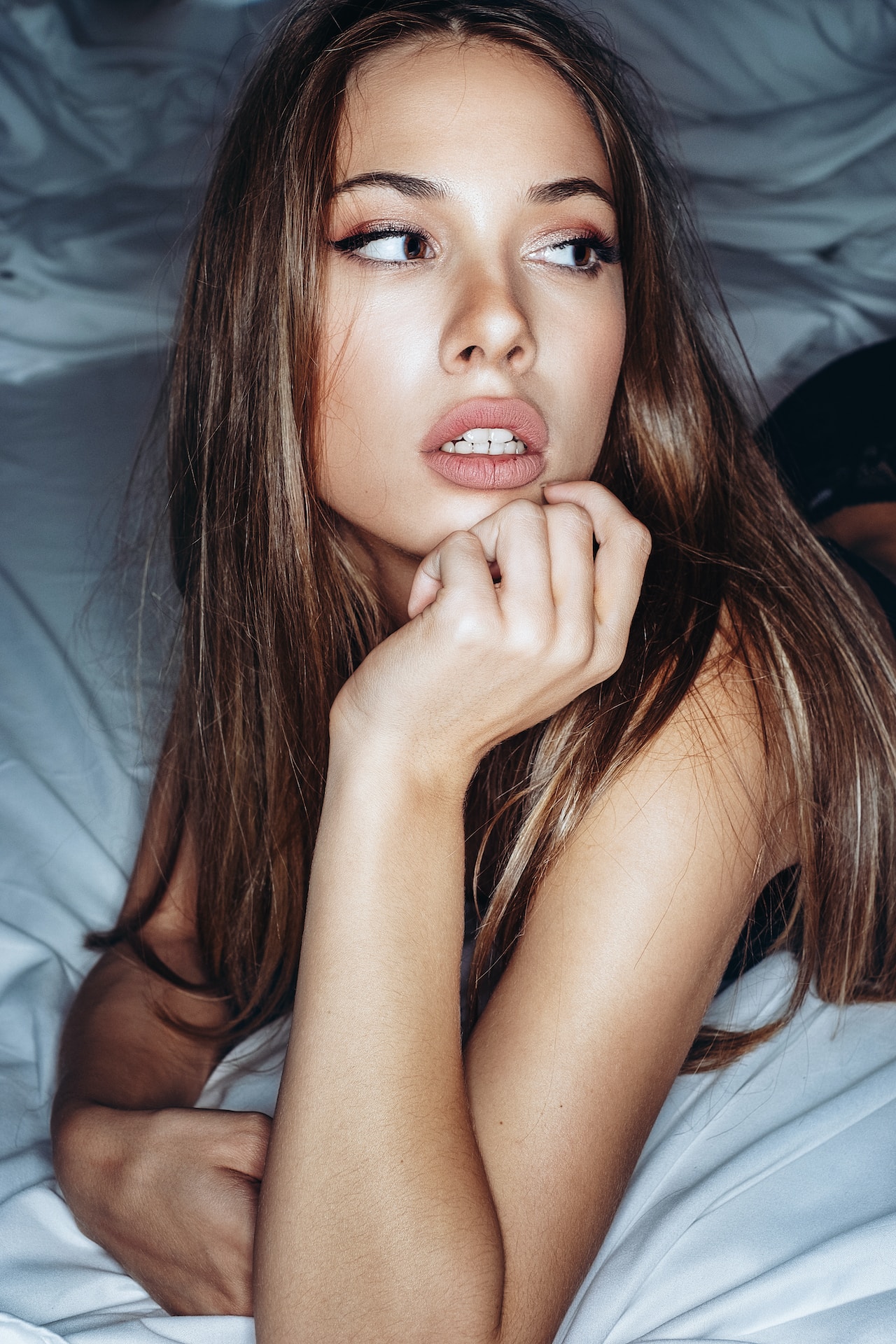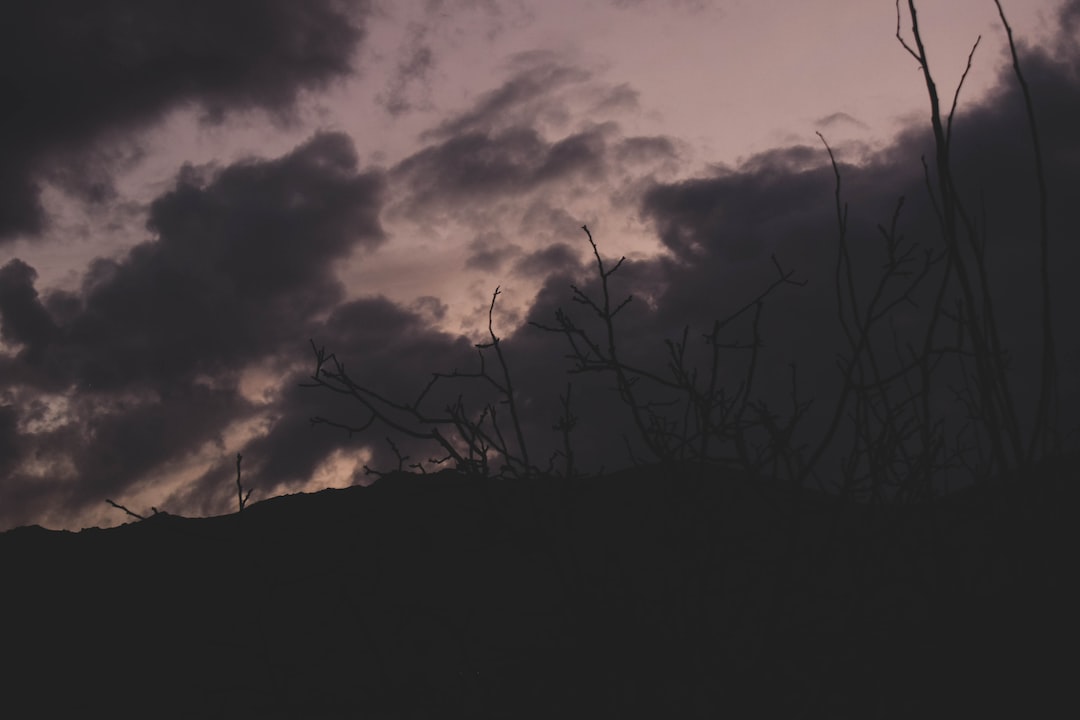
The use of shading techniques is essential in creating depth and dimension in artwork. Whether you are an aspiring artist or simply interested in understanding the different shading techniques, this article will provide you with an overview of the seven most commonly used techniques.
Hatching
Hatching is a shading technique that involves the use of parallel lines. These lines are drawn close to each other in varying distances or densities to create the illusion of shade or texture. By controlling the spacing and direction of the lines, artists can effectively depict light and shadow.
Cross-Hatching
Cross-hatching builds upon the hatching technique by adding a second layer of parallel lines that cross over the initial set, creating a mesh-like pattern. This technique further enhances the intensity and variation of shading, especially when multiple layers of cross-hatching are applied.
Contour Hatching
Contour hatching follows the natural contours of the subject being shaded. This technique requires careful observation and understanding of the subject’s form and structure. The lines are drawn following the curves and contours, resulting in a more accurate representation and a three-dimensional effect.
Stippling
Stippling involves creating shades and textures using only dots. By varying the size, density, and proximity of the dots, artists can achieve different levels of shading and create a wide range of tones and textures. Stippling requires patience and precision, but it can produce highly realistic and detailed results.
Smudging
Smudging uses a soft tool, such as a tortillon or finger, to blend and smudge the graphite or charcoal. This technique softens the edges and transitions between light and shadow, creating a smooth and gradual gradient. Smudging is commonly used in portrait drawings and can give a more realistic and polished look.
Layering
Layering involves building up multiple layers of graphite or colored pencils to gradually darken the tones and create depth. By applying light layers and gradually increasing pressure, artists can control the intensity of the shading and add richness to their artwork. Layering works especially well with colored pencils, as the translucent nature of the medium allows for vibrant overlays.
Blending
Blending refers to the technique of combining different shades together to create a smooth transition and seamless blending. Artists can use various tools, such as blending stumps, brushes, or even their fingers, to achieve a soft and cohesive look. Blending is particularly effective when working with soft pastels or colored pencils.
These seven shading techniques provide artists with a diverse range of tools to create depth, realism, and texture in their artwork. Whether you are a beginner or an experienced artist, practicing and mastering these techniques will undoubtedly enhance your shading skills and elevate the quality of your artwork.
